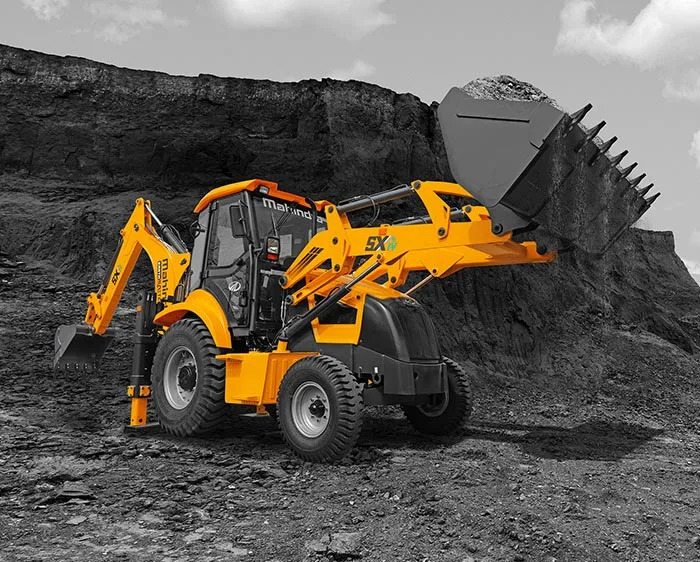
Modern society relies heavily on a well-planned infrastructure network to function. From roads and bridges to buildings and power plants, the materials that make up these structures are often sourced from mining and quarrying activities. These industries play a vital role in providing the raw materials necessary for construction and development, forming the backbone of our built environment.
Mining
Mining involves extracting valuable minerals and resources from the earth’s crust. These resources can be divided into two main categories: metallic minerals, such as iron, copper, and aluminum, and non-metallic minerals, such as limestone, sand, and gravel. Both types of minerals are essential for infrastructure development.
Metallic minerals are used in the construction of buildings, bridges, and other structures. They provide the strength and durability needed to support these structures and withstand the elements. For example, iron is used in steel reinforcement bars, which are crucial for giving concrete its tensile strength. Copper is used in electrical wiring and plumbing, while aluminum is used in building materials and transportation equipment.
When it comes to mining equipment, JCB is a leading manufacturer, offering a wide range of machines designed for various mining applications. Their products include excavators, loaders, dozers, and drilling rigs, all built to withstand the demanding conditions of mining operations. JCB mining equipment is used around the world, contributing to the extraction of valuable resources that support infrastructure development.
Quarrying
Quarrying involves the extraction of non-metallic minerals and rock materials from the earth’s surface. These materials are essential for various construction projects, including roads, bridges, dams, and buildings.
Some of the most commonly used quarried materials include:
Limestone: Used in cement production, road construction, and building materials.
Sand: Used in concrete, mortar, and glass production.
Gravel: Used in road construction, railroad ballast, and concrete.
Crushed stone: Used in road construction, landscaping, and drainage systems.
These materials are extracted using various methods, such as blasting, drilling, and crushing. The extracted materials are then transported to processing facilities where they are sized, washed, and prepared for use in construction projects.
Impact on Infrastructure Development
Without the materials provided by mining and quarrying, the development and maintenance of our infrastructure would be severely limited. These industries play a crucial role in providing the essential materials needed to build and repair roads, bridges, buildings, and other essential infrastructure projects.
Beyond Infrastructure
In addition to their role in infrastructure development, mining and quarrying also contribute to various aspects of modern life. Minerals extracted through these processes using mining machines are used in various industries, including:
Electronics: Minerals like copper, gold, and silver are used in the production of electronic devices.
Transportation: Iron, aluminum, and lithium are used in the production of vehicles and transportation equipment.
Energy: Uranium and coal are used in the production of energy.
Medicine: Calcium, magnesium, and potassium are used in various medications and medical treatments.
Conclusion
Mining and quarrying are essential industries that play a vital role in infrastructure development and various aspects of modern life. These industries provide the raw materials needed for construction and contribute to creating a strong and resilient infrastructure network. As the world continues to develop and grow, the demand for minerals and quarried materials will continue to increase. It is crucial to ensure that these industries operate responsibly and sustainably to meet the needs of the present without compromising the future.


